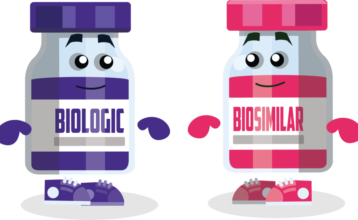OTC Medications: Reducing Healthcare Costs
- By
- Tom Modeen
81% of Adults Choose OTC Medications as Primary Therapy
According to the Consumer Healthcare Products Association, U.S. consumers make 26 trips per year to purchase OTC medications and only visit doctors an average of three times a year. Without OTCs, emergency room visits would be higher for all patients and significantly higher for Medicaid and under insured patients.
Affordable
These non-prescription medications provide affordable alternatives for both patients and the U.S. Healthcare System. According to the Consumer Healthcare Products Association, that amounts to $ 102 billion dollars in annual savings relative to conventional prescription  therapy. Patients realize a $5.2-billion-dollar annual savings due to unnecessary visits to primary care physicians. 9 out of 10 physicians agree that appropriate use of over the counter health aids ease the burden on healthcare professionals. It is a major support mechanism for the taxed resources.
therapy. Patients realize a $5.2-billion-dollar annual savings due to unnecessary visits to primary care physicians. 9 out of 10 physicians agree that appropriate use of over the counter health aids ease the burden on healthcare professionals. It is a major support mechanism for the taxed resources.
Accessible
Although there are approximately 54,000 pharmacies in the U.S., there are over 750,00 retail stores that sell OTC medications. This provides 24/7 affordable healthcare options for both patients and their families.
Consumer Confidence
OTC medications are a recognized front line defense for minor ailments by consumers and healthcare providers alike. In fact, 92 % of physicians and 89% of consumers believe that OTC medications play an important role in overall family healthcare. This is substantiated as 93 percent of U.S. parents prefer to treat their children’s minor ailments with OTC medications before visiting the physician’s office.
OTC Medication Sales Increase, Prescription Fills Decrease
OTC sales now make up 8 percent of U.S. pharma sales according to Pfizer Consumer Healthcare. The OTC market has grown a substantial 4.5 percent while prescription drug sales have declined by 1 percent. There is no evidence that these trends will reverse course in the future. The important role that OTC medications play in our healthcare delivery system cannot be overstated.




